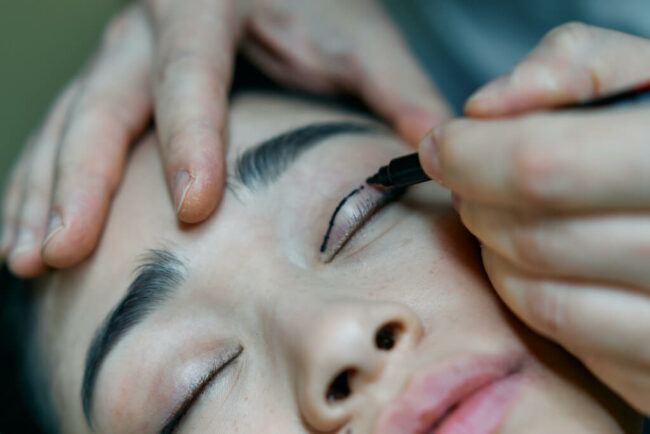Let’s start by recognizing what is most likely at the center of everyone’s mind right now: period pains are the worst possible thing that could happen to you. Because the bottom half of your body appears to be in quite a bit of discomfort right now, we do need to observe […]
Continue readingTag: ibuprofen
The LASIK Eye Surgery Procedure
The Food and Drug Administration (FDA) approved LASIK eye surgery as a safe treatment for correcting specific refractive abnormalities in 1999. This means that patients may need fewer or no glasses or contacts following their surgery. Over the last two decades, ophthalmologists have completed 600,000 LASIK procedures per year. The […]
Continue readingFirst Aid For Fevers
Facts About Fevers Fever is above 38 ° C (measured in the rectum) Fever is one of the body’s reactions to infection Rising and falling temperatures during fever give chills and sweating, respectively Children with fever should not receive acetylsalicylic acid to lower the fever What is fever? Fever is […]
Continue readingClinical Information on Epididymitis
Basic data Definition Epididymitis occurrence Less than 1 case per 1,000 patients per year, but exact figures are not available Rare before sexually mature age Etiology and pathogenesis In younger men are sexually transmitted infection most frequently Chlamydia trachomatis, less often Neisseria gonorrhoeae In men over 35 years most gram-negative […]
Continue readingEpididymitis
Facts About Epididymitis Epididymitis (epididymitis) is an infection of the epididymis Symptoms include swelling, pain in the scrotum and fever Treated with antibiotics, but the swelling and pain subside only slowly over several weeks or months What is epididymitis? Epididymitis is an inflammation of the epididymis. It is located on the […]
Continue readingHow To Treat Burns at Home
Burns on the skin varies in severity of burn, from first to third degree burns. Many first and second degree burns can be considered to be minor and treated at home with little or no medical supervision. After treatment at home should your burn heal in a week or less, […]
Continue readingHow To Treat First Degree Burns
A first degree burn results from spending a little too much time in the sun. Or if you have been boiling water and steam happens to find its way to your skin, making it red and causes a burning sensation that is a first degree burn. Here are a few […]
Continue readingIbuprofen
Ibuprofen is a non-steroidal anti-inflammatory drug that is typically used to treat pain and relieve fever. Ibuprofen is the generic name of this over-the-counter medications. There are several names that have ibuprofen as their main active ingredient, including Motrin and Advil. Ibuprofen can ease the symptoms of minor aches and […]
Continue reading

